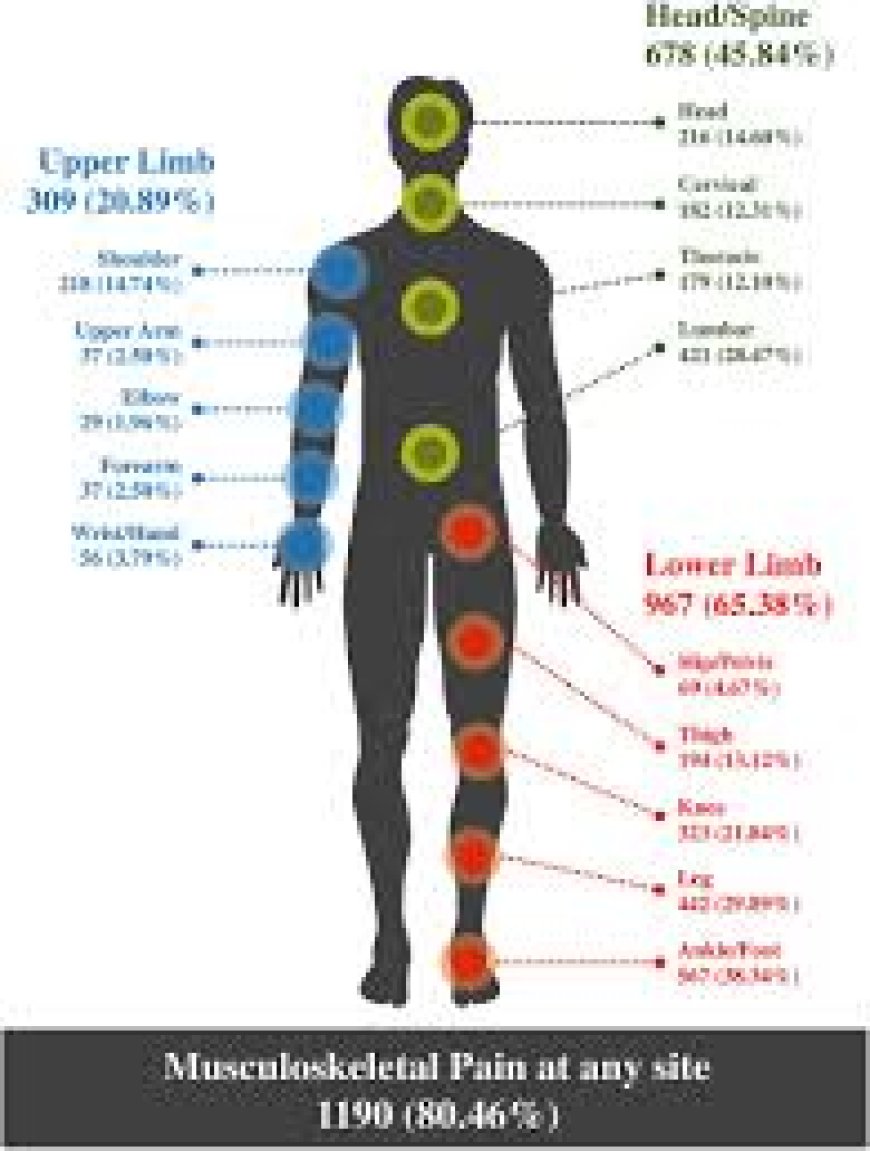Carisoprodol for Muscle Spasms: What to Expect
Discover what to expect when using Carisoprodol for muscle spasms, including benefits, dosage, and potential side effects.

Carisoprodol, a muscle relaxant, is commonly prescribed for the management of muscle spasms and discomfort caused by musculoskeletal conditions. With formulations available in 350 mg and 500 mg doses, it is essential to understand how carisoprodol works, its benefits, potential side effects, and guidelines for use to optimize treatment outcomes.
Understanding Carisoprodol
Mechanism of Action
Carisoprodol works primarily by affecting the central nervous system (CNS). It is thought to exert its muscle-relaxing effects by blocking pain sensations between the nerves and the brain. By reducing the activity in the neurons that communicate pain signals, carisoprodol helps relieve muscle tension, which can be particularly beneficial for patients experiencing acute muscle spasms.
Indications
Carisoprodol is typically indicated for the relief of discomfort associated with acute musculoskeletal conditions. It is not intended for long-term use and is generally prescribed in conjunction with rest, physical therapy, and other treatments for musculoskeletal conditions.
Dosage Forms
Carisoprodol is available in two common strengths: 350 mg and 500 mg. The dosage prescribed will depend on the severity of the muscle spasms, the patient’s medical history, and other individual factors. It's crucial to follow the healthcare provider's instructions regarding dosage and duration of treatment.
Dosage and Administration
Starting Dosage
For most adults, the usual recommended dose of Carisoprodol is 250 mg to 350 mg taken three times daily and at bedtime. In some cases, a healthcare provider may prescribe higher doses, such as 500 mg, depending on the severity of the condition.
How to Take Carisoprodol
Carisoprodol should be taken exactly as prescribed by a healthcare provider. It can be taken with or without food, but taking it consistently in relation to meals may help to minimize potential gastrointestinal side effects. It is essential to swallow the tablet whole, without crushing or chewing, to ensure the medication is released appropriately.
Duration of Treatment
Carisoprodol is typically prescribed for short-term use, generally not exceeding two to three weeks. Prolonged use may lead to dependence, and thus, patients should consult their healthcare provider if symptoms persist beyond the recommended treatment duration.
Benefits of Carisoprodol
Relief from Muscle Spasms
Carisoprodol is effective in providing quick relief from muscle spasms, allowing patients to regain mobility and resume daily activities with reduced discomfort.
Improved Functionality
By alleviating muscle tension and discomfort, Carisoprodol can improve the overall functionality of patients, enabling them to engage in physical therapy and other rehabilitation exercises more comfortably.
Enhancing Sleep Quality
Due to its sedative properties, Carisoprodol can also help improve sleep quality for those who experience muscle spasms, as muscle pain can often disrupt sleep patterns.
Potential Side Effects
While Carisoprodol can be effective for muscle spasms, it is essential to be aware of potential side effects, which may include:
- Drowsiness: One of the most common side effects, which can impair the ability to operate machinery or drive.
- Dizziness: Some patients may experience lightheadedness or dizziness, particularly when standing up quickly.
- Headache: Mild to moderate headaches may occur in some individuals.
- Nausea: Gastrointestinal discomfort can manifest as nausea or vomiting.
- Allergic Reactions: Although rare, some patients may experience allergic reactions such as rash, itching, or swelling.
Serious Side Effects
In rare cases, Carisoprodol can lead to more severe side effects, including:
- Seizures: Individuals with a history of seizures may be at higher risk.
- Dependence: Prolonged use can lead to physical dependence, requiring careful management and potential tapering.
- Withdrawal Symptoms: Stopping Carisoprodol suddenly after long-term use may lead to withdrawal symptoms such as insomnia, nausea, or seizures.
Patients should contact their healthcare provider immediately if they experience any serious side effects or have concerns regarding their treatment.
Precautions and Interactions
Contraindications
Carisoprodol is contraindicated in patients with a history of hypersensitivity to the drug or its components, as well as those with porphyria. It is also not recommended for individuals with severe liver or kidney disease.
Drug Interactions
Carisoprodol may interact with other medications, which can increase the risk of adverse effects. Notable interactions include:
- CNS Depressants: Combining Carisoprodol with other CNS depressants (e.g., alcohol, benzodiazepines, opioids) can enhance sedation and increase the risk of respiratory depression.
- Enzyme Inhibitors: Certain medications that inhibit liver enzymes may increase carisoprodol levels in the blood, leading to an increased risk of side effects.
Patients should inform their healthcare provider of all medications, supplements, and herbal products they are taking to avoid potential interactions.
Conclusion
Carisoprodol is a valuable treatment option for managing muscle spasms and discomfort associated with acute musculoskeletal conditions. By understanding its mechanism of action, dosage forms, benefits, potential side effects, and precautions, patients can work effectively with their healthcare providers to optimize treatment outcomes.
It is crucial to adhere to prescribed dosages and follow up with healthcare providers regarding any concerns or persistent symptoms. As with any medication, informed use of Carisoprodol can lead to improved quality of life and enhanced functionality for those suffering from muscle spasms.












